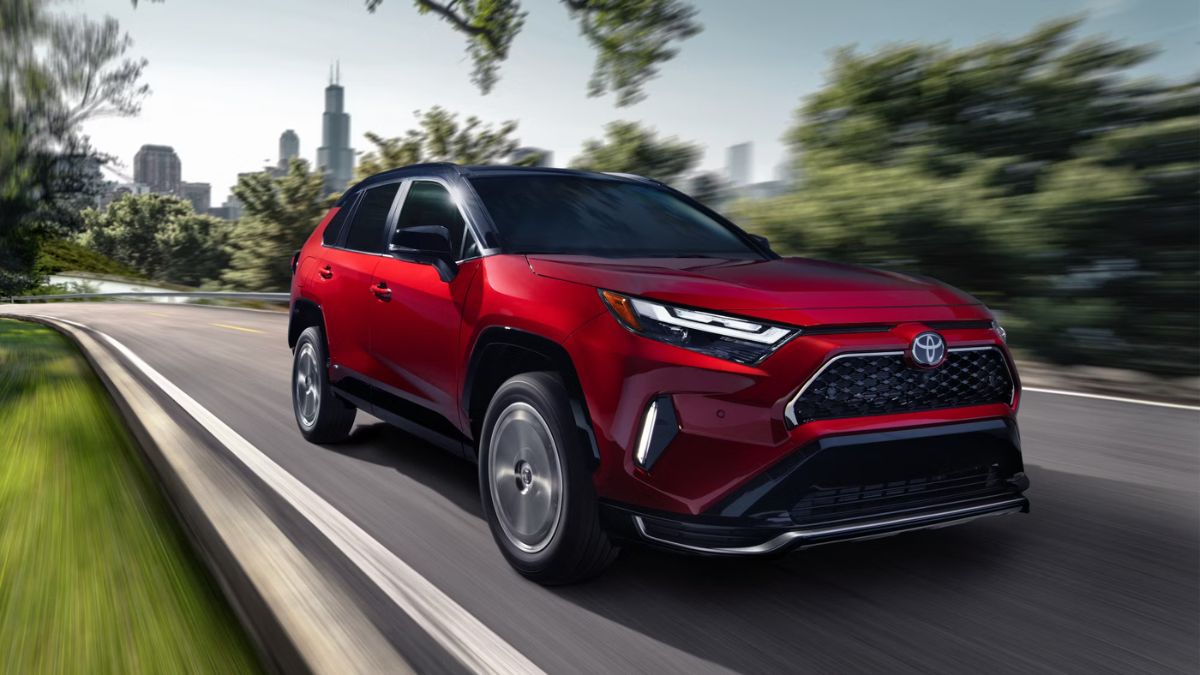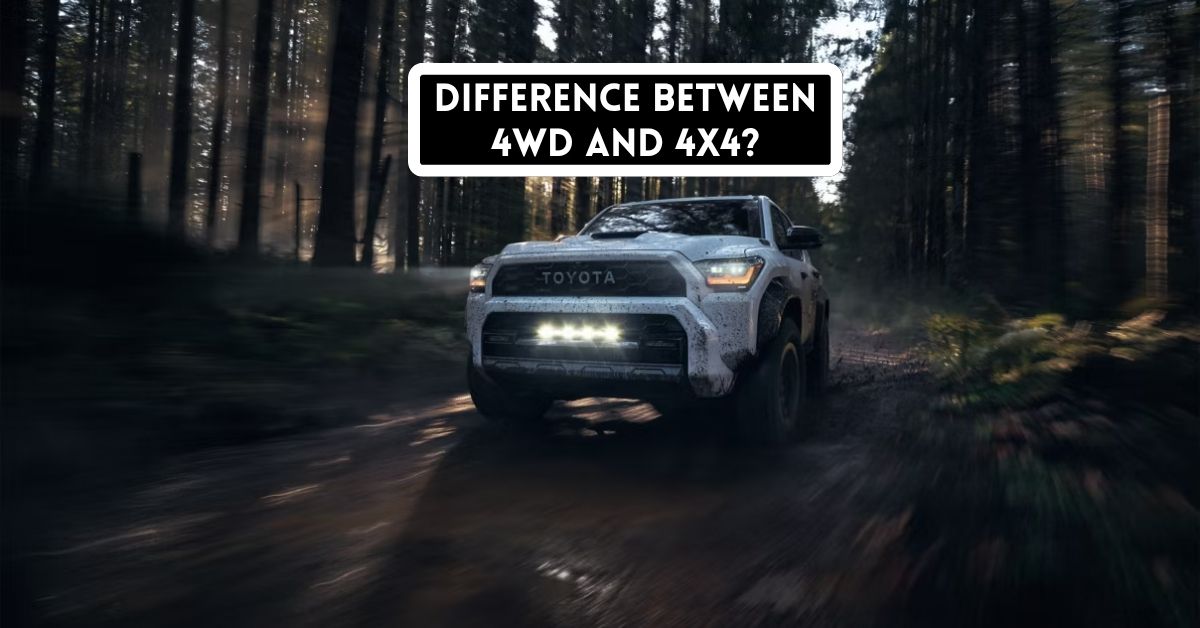In the automotive world, the terms “4WD” and “4×4” are often used as if they mean the same thing, which can confuse many people. But there’s actually a small yet important difference between the two. Knowing this can really help if you’re planning to buy a vehicle for off-roading, towing, or driving in tough weather.
What Does 4×4 Really Mean?

At its core, “4×4” simply means the vehicle has four wheels, and all four can get power from the engine. It’s a basic way to describe how the vehicle’s drivetrain works. When you see “4×4” on a truck or SUV, it means that all four wheels can be powered—either all the time or when needed—depending on the system. This setup is the base for many different four-wheel-drive systems.
What is 4WD and How is it Different?

“4WD” stands for “Four-Wheel Drive,” and like 4×4, it means power can go to all four wheels. But 4WD usually refers to a specific type of system with its own features. The big difference is that 4WD systems can often be turned on or off by the driver, or they might turn on automatically when needed. This is where the real differences between 4WD and 4×4 start to show.
Types of 4WD Systems Explained
There are different kinds of 4WD systems, each made for specific driving needs. The most common ones are part-time 4WD, full-time 4WD, and automatic 4WD.
What is Part-Time 4WD?

Part-time 4WD systems are designed to be used only when extra traction is needed—such as in mud, snow, sand, or rocky terrain. In normal driving conditions, the vehicle operates in 2WD mode, usually powering the rear wheels. When 4WD is engaged, the front and rear driveshafts are locked together, making all four wheels spin at the same speed. This helps provide maximum grip and control in slippery or uneven conditions.
However, using part-time 4WD on dry or paved roads can lead to what’s called “driveline bind,” which puts stress on the drivetrain and can cause damage over time. That’s why it’s important to switch back to 2WD when you’re back on normal roads. Most vehicles with part-time 4WD have a transfer case with multiple modes—2WD High for regular driving, 4WD High for moderate off-roading or snow at higher speeds, and 4WD Low for low-speed crawling over rocks or deep mud where you need maximum power and control.
What is Full-Time 4WD?

Full-time 4WD systems are built to stay active all the time, no matter what kind of road you’re driving on. These systems use a center differential, which allows the front and rear wheels to spin at different speeds. This is especially important when turning on paved roads because it prevents strain and binding in the drivetrain. The system automatically sends power between the front and rear wheels to keep the best possible grip at all times.
Many full-time 4WD setups also come with a locking center differential that you can turn on for extreme off-road conditions. When locked, it forces both the front and rear axles to spin at the same speed—just like in part-time 4WD—for maximum traction. This makes full-time 4WD great for daily driving and ready for tough terrain when needed. It’s a solid choice for those who want both comfort and off-road capability in one vehicle.
What is Automatic 4WD (On-Demand 4WD)?

Automatic 4WD, also called “on-demand” 4WD, is a smarter and more advanced system that decides when to send power to all four wheels. Most of the time, the vehicle runs in 2WD mode (usually front or rear), which helps save fuel. But when the system senses that the wheels are slipping—like on wet, icy, or uneven roads—it automatically sends power to the other wheels to improve traction.
This means you don’t have to manually switch between 2WD and 4WD. It’s all done for you, making it very convenient for everyday driving, especially in changing weather or road conditions. While it’s not as rugged as traditional 4WD systems for serious off-roading, automatic 4WD gives you extra grip when you need it without any effort.
.

